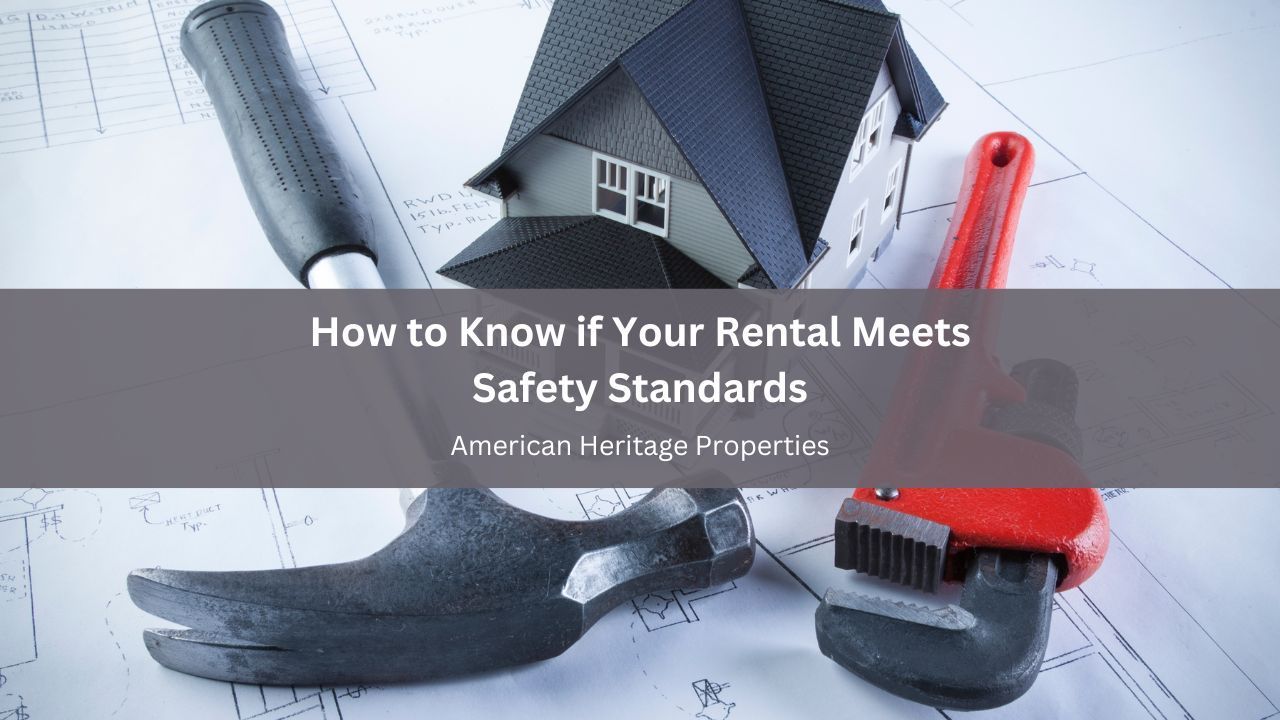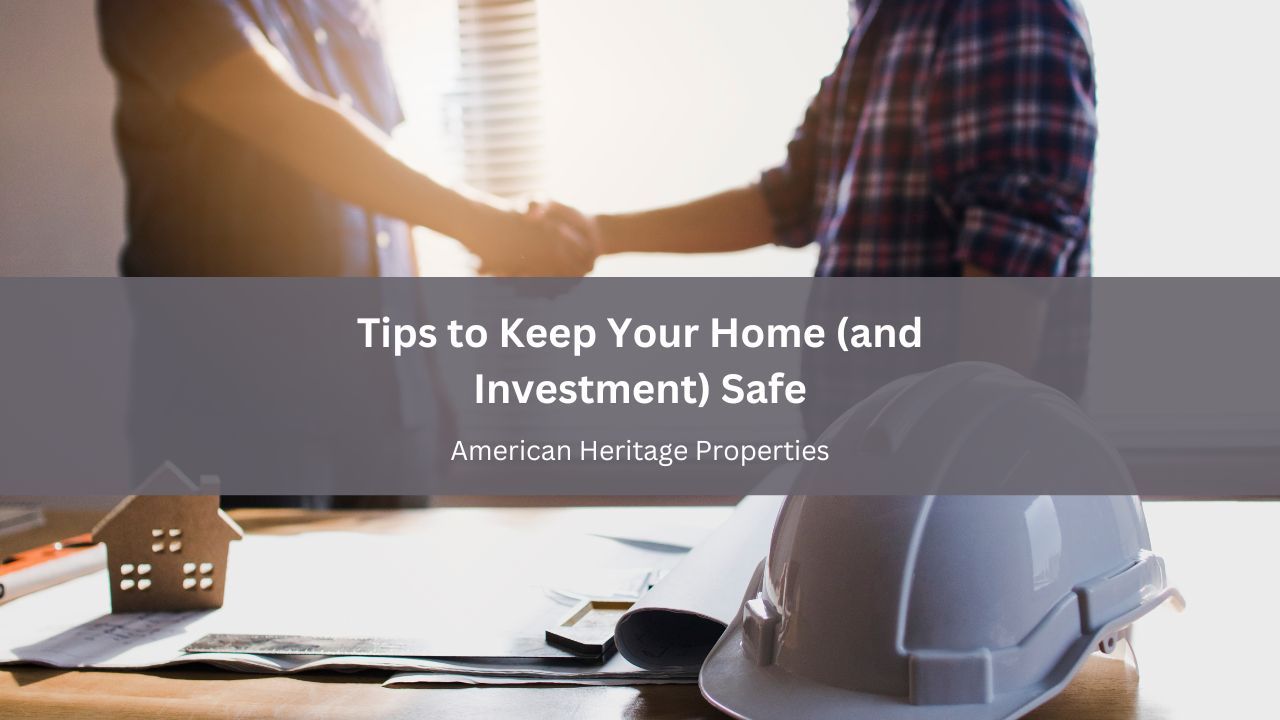How to Handle a Move When It Comes Up Unexpectedly
How to Handle a Move When it Comes Unexpectedly

Maybe you’ve lost your job or gone through a bad breakup. Whatever the reason, you’ve decided that it’s time for change. What could be a better and more impactful change than calling a new state your home?
Here are some tips that can help you make your transition as seamless as can be.
Understanding the costs.
Moving isn’t always cheap, and there are many expenses to think about. One of these is the cost of a new home. Before you pack your bags, you should get to know the overall housing market in your preferred area to help you figure out which neighborhoods are affordable and which are not. For example, you’ll find that the median home sale price in San Diego is currently $855,000, up 3.4 percent from last year.
You’ll also want to get acquainted with the cost of living in California, which is about 1.24 times higher than the national average. As just one factor, a single person here can expect to spend around $593 per month on groceries and approximately $1,647 per month on rent and utilities should you choose this path instead of homeownership.
Supporting yourself.
If your move is not job-related, then you’re going to have to find a source of income quickly. Now might also be the perfect opportunity to open up your own business. There are many steps to start a new business, and they should begin with deciding how to structure your operation. Many entrepreneurs choose to structure their business as an LLC, as personal assets are protected against losses the business may take, and when you start an LLC in California, it provides tax benefits as well as increased flexibility.
Next, you’ll want to draft a business plan. Your business plan will help you figure out the rest, including your business structure, how much you can expect to make, the products you’ll sell, your marketing plan, and your projected financial growth.
It may also be worth it to approach your current employers if you’re looking to relocate. Career Sidekick also recommends noting your upcoming relocation when you’re applying for jobs before you move.
Addressing logistical concerns.
When you are single, have no responsibilities, and nothing to tie you to your current hometown, then you may have very few issues making your move. However, if you have shared custody of children or currently act as a caretaker for an aging parent, you’ll need to address these issues as well.
CustodyXChange notes that you’ll need a special custody agreement when you move out of state; tackle this as soon as possible to avoid potential issues. If you are moving away from your aging parents, get your entire family together to discuss how their roles may change. You should also have an emergency plan and make sure that you stay connected with daily phone or video calls.
Other Tips
● Check your credit before you move, especially if you plan to buy a new vehicle or house
● Visit the local sex offender registry and crime map of your new neighborhood so that you are aware of any potential threats
● Use social media to get to know the neighbors – if your new home has an HOA, there’s probably a Facebook page
● Purge your personal belongings so that you have fewer items to take with you
● Research moving companies carefully, and make sure to check reviews
● If you have pets, pay a visit to the vet for a certificate of travel
● Partner with a reliable realtor, who can help you make a more informed buying decision
Moving is not always planned out for years in advance. Sometimes, we get the urge to go. Other times, our personal and professional lives give us cause to relocate. Whether you need to start your own business or plan to look for a job before you arrive, today’s tips, which also include estimating your potential cost of living, starting a business to increase your income, and making arrangements for aging parents, can help you manage the process until you are settled.









